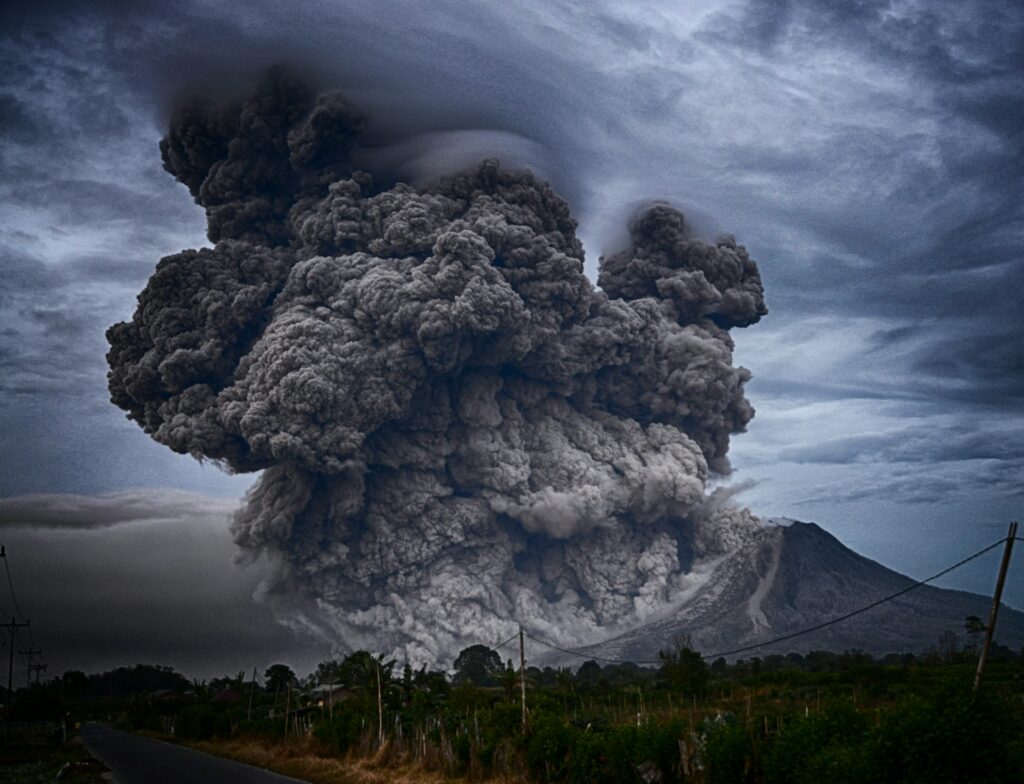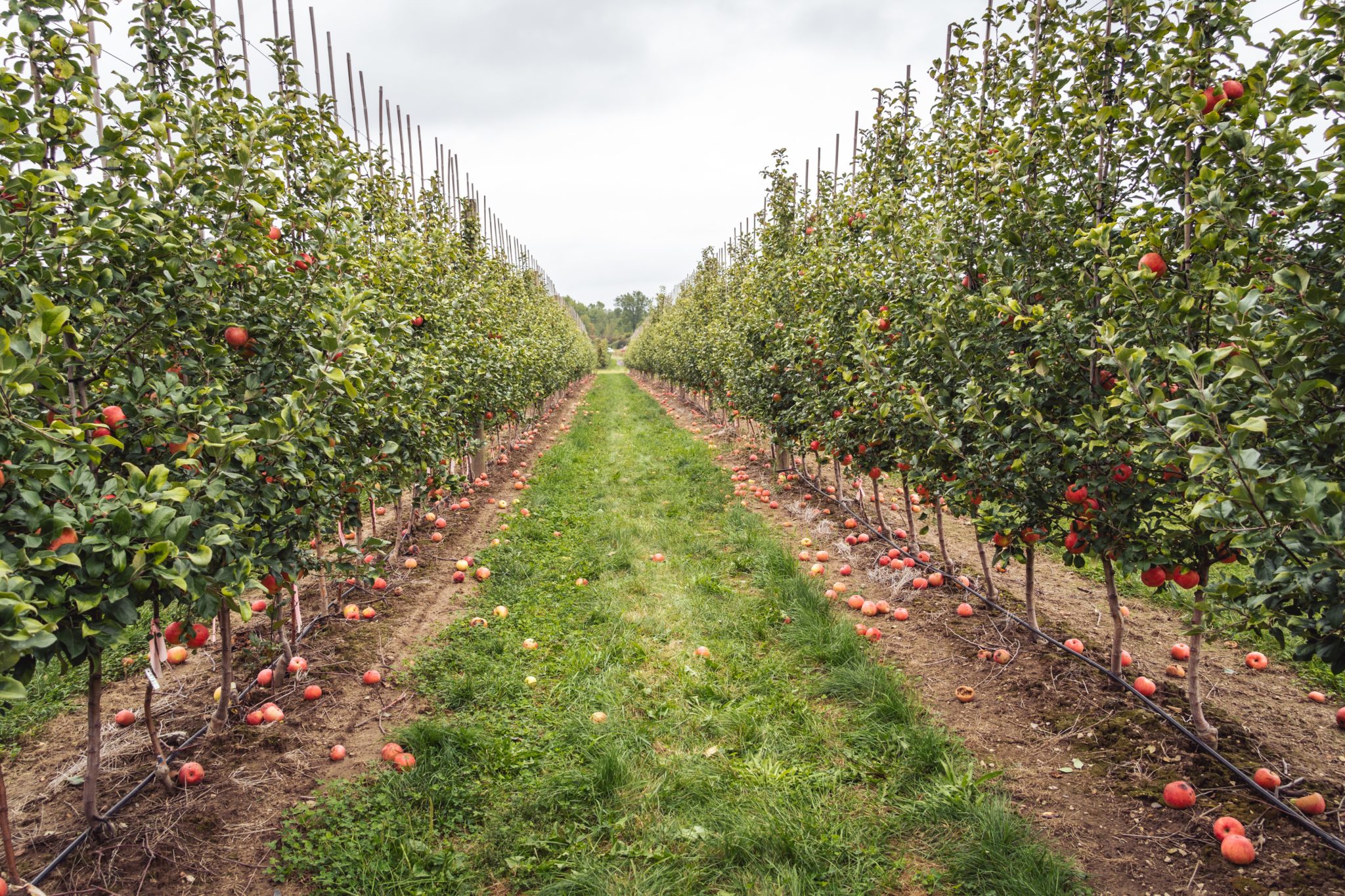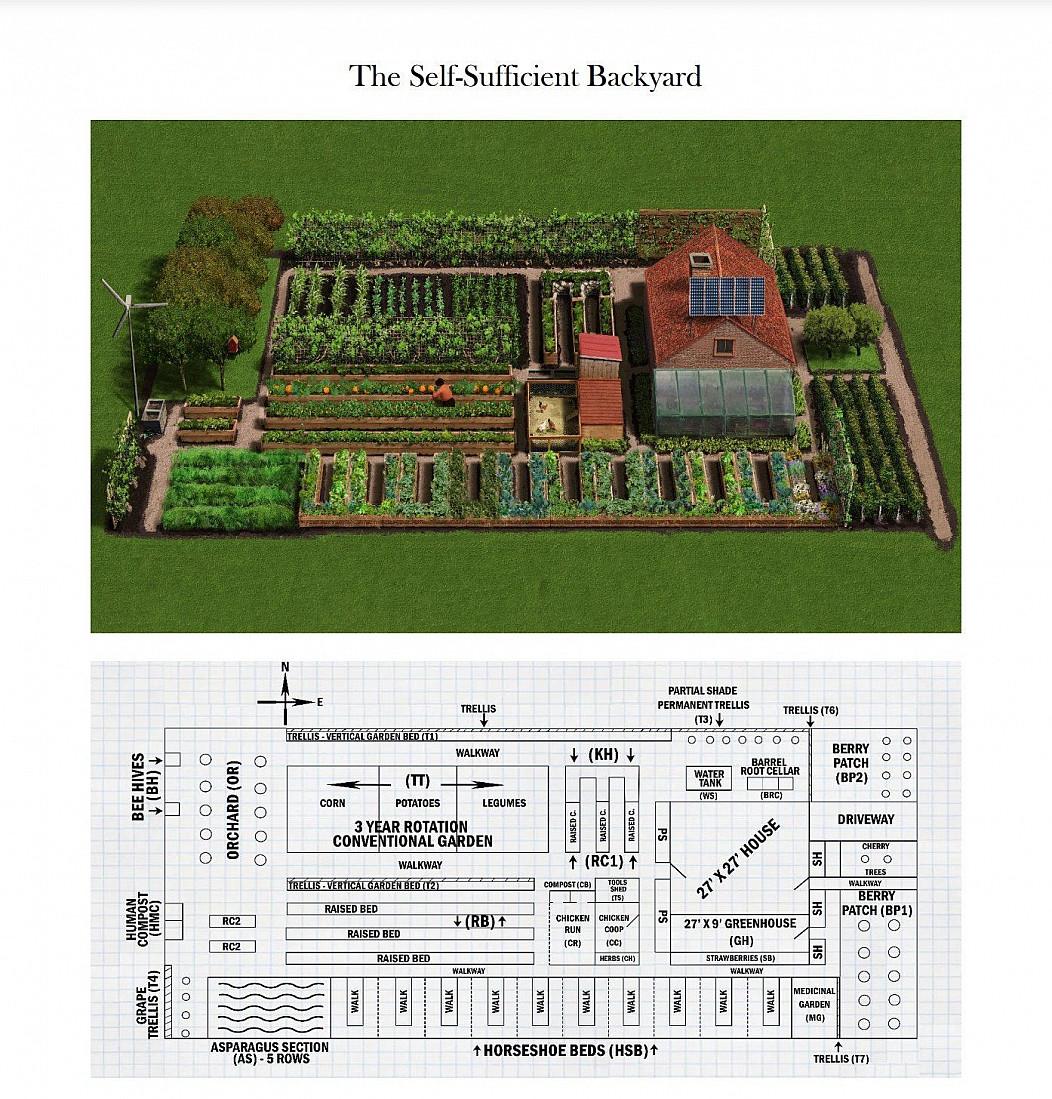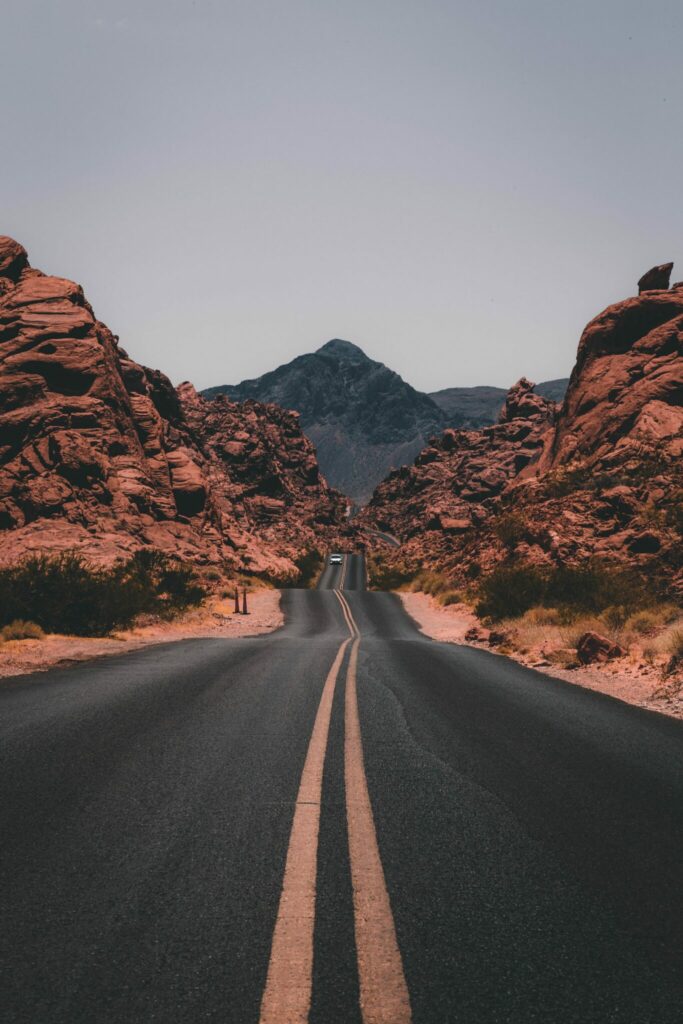Most Recent News


Popular News



Discussing the self-sufficient backyard diagram and ideas for improvements. Along with what to do if you have more land available.

If you don’t have much land, this diagram could be a very useful tool.
Even if you have more land, you could still use the principles explained within it but extrapolate it to a larger land area.
Here is the low acreage, “screw grass” alternative:
(right click -> open image in new tab for full size)

I personally really like this set up.
I would, if land is available, recommend a wood-burning stove and some trees to contribute to that wood-burning stove. This is a really important piece for actual self-sufficiency. So, if you could buy an additional wooded area, it would be preferred. Even if you don’t directly attach this land to the property line.
Secondly, I’d recommend a fireplace for temporary heating, depending on the climate you are in.
I’d also toss in a place for water storage that isn’t the house or the water tank.
I would also remove the compost and instead place certain flowers or other things that could ward off certain bugs from your plants so you don’t have to use pesticides. This one is just a personal preference, though. I don’t like dealing with compost and consider the plants as more important.
The solar is a 50/50 from me. I’m not sure I trust those things to last more than a few years, so I see little true “self-sufficiency” in them. Wind turbine is also rather humorous. I’d rather stick with tried-and-true wood so I don’t freeze to death, thanks.
If you had a bit more land to work with, I’d do a few extra things:
Still, this diagram is a phenomenal base. I just wanted to add some further fun ideas.
As always, more land is better than less. Keep that in mind before BlackRock and Co buys it all.
But this diagram proves even with little land, you can make a lot of progress toward self-sufficiency. You just have to put in the effort.
Read Next:
The Basic Guide To Self-Sufficiency
Global Supply Chain Collapse: The Solution (Tangible Consumption Assets)
Keep Your Mental Health In Check
If you enjoyed this article, bookmark the website and check back often for new content. New articles most weekdays.
You can also keep up with my writing by joining my monthly newsletter.
Help fight the censorship – Share this article!

(Learn More About The Dominion Newsletter Here)
Change of plans, instead of getting a house in a mountainous area, I’d get one at a coast.
I’m sure I’ll miss seafood.
And a little rice field too, rice to us is what bread is to you guys, though neither of the 2 is healthy.
Or an alternative might be to get a few unjabbed close friends to join you in creating a little community in the middle of nowhere, each one grows different types of food, and you just trade among each other.
Also starting to doubt if that’s even going to be needed in my case, nowadays you can predict the future by looking at supplies at supermarkets + government restrictions, and there’s still no shortages of anything (including food, electronics, clothing, and so on).
Even imports from Europe, North America, and Oceania are widely available, although you need to pay a premium for most of it (800 yen for a European cookie vs 500 yen for an American cookie vs 90 yen for a Japanese cookie for example).
Plus my wife who grew up in the country side really wants to stay in the city, so there’s one roadblock for going to self-sufficiency.
Luckily, each prefecture has different rules, some being more libertarian than others.
From my own experience travelling to multiple prefectures over the past 2 months, Osaka is by far the worst, Tokyo is 2nd, but Kanagawa (known for cities like Kawasaki and Yokohama) is pretty decent.
Why did your wife not like the Japanese countryside? It sounds like regardless of your choice you’d still be set very nicely, coast or mountain.
The only reason she gave was because you need a car in order to go anywhere, while in the city you just take a bus, train, or some other form of public transport, and it brings you to anywhere you want.
This is one point of preferring the city to me as well, given I don’t have a drivers license, so the only way to even buy a car is either by asking her, or by just stealing one.
The other reason I might invent is how hopelessly outdated lots of man-made structures are since so many people are concentrated into big cities.
I really love the nature over here, but most buildings both inside and outside still look like if the Soviets built it all back in the 1950’s, and nobody ever bothered changing anything ever since.
The government does promote living in the countryside more and more by offering often gigantic empty houses for very little money, working remotely, and such.
The problem is, the youth just wants to party or otherwise are enrolled into a university, which is all in the cities, while middle aged people and older are still so dependent on physical paper documents, I believe that we still have a very long way to go when it comes to spreading out into the countryside.
The university graduates are the most likely to move to the countryside, as they’re no longer bound to their schools, they are more comfortable finding full remote work, and are more family oriented (all the older generations are more big corporation oriented).
Interesting, thanks for sharing. The exact opposite is the case in the United States, I don’t even think you could live in most major cities without a car. Or at least, it wouldn’t be a comfortable living.
Whereas I think about half of our nation, if given the opportunity, would immediately jump to the countryside. If the government offered subsidies for the move, as well? I couldn’t even imagine the level of the exodus.